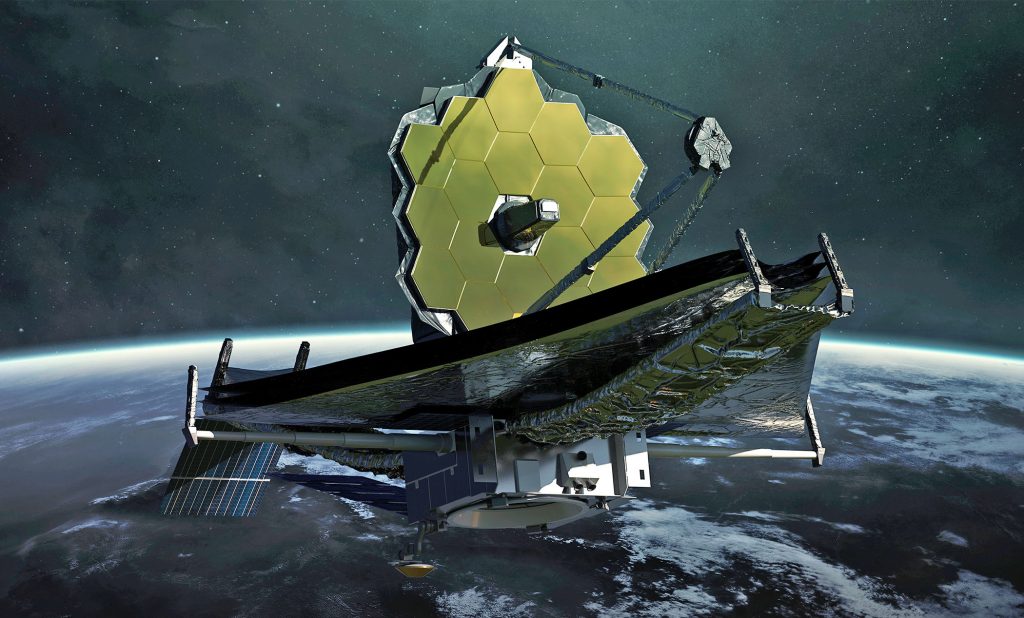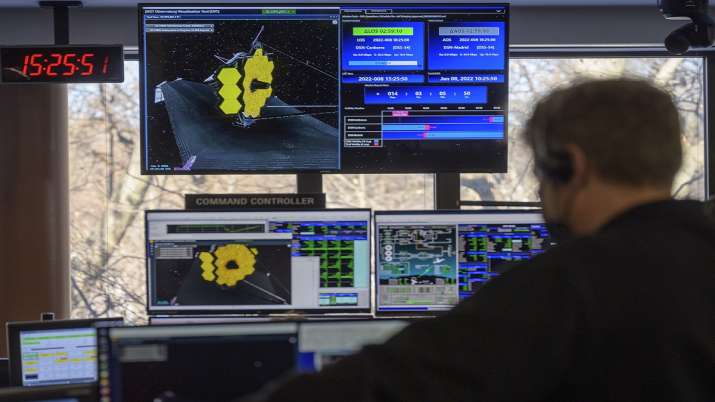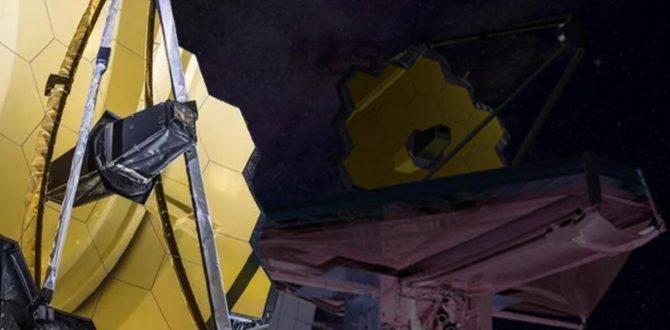NASA engineers have finished unfolding the massive primary mirror of the agency’s James Webb space observatory. The move was the final step in the observatory’s two-week deployment phase, which began on Christmas Day with its launch.
The telescope, which has now traveled more than 600,000 miles in space, is the most powerful space telescope ever built, and it had to be folded up tightly to fit inside its Ariane 5 launch rocket.

Engineers have been directing the observatory’s methodical unfolding, piece by piece, as it travels to a gravitationally stable location a million miles from Earth. Its tennis-court-sized solar screen has already been installed, which will keep its delicate instruments cool.
NASA began the last operations needed in deploying Webb’s primary mirror, which comprises 18 gold-coated segments: a center portion plus two three-segment side panels and will capture light from the deepest depths of the universe. The first panel was successfully deployed on Friday after a series of careful actions that took five and a half hours.

On Saturday, engineers released the final, second portion of mirrors that slotted into the mirror’s core, completing the telescope’s massive 6.5-meter diameter mirror. Last night, engineers finished the final latching procedures to keep this previous segment in place.
“I just feel this kind of glow in my chest right now just seeing that mirror deployed all together,” NASA scientist Michelle Thaller said. The James Webb telescope, termed “time machine” by experts, will allow astronomers to examine the start of the cosmos immediately after the big bang 13.8 billion years ago, as well as search for hints of life-supporting planets in our galaxy.

The James Webb, named after a former NASA administrator, still has to travel 400,000 miles to its destination and will then need five more months for its instruments to be carefully calibrated.
For astronomers, the JWST offers the opportunity to photograph the first galaxies to form after the big bang, learn how stars are born and evolve, and investigate the possibility of life in planetary systems. All of this must be done within ten years. Unfortunately, the telescope is expected to run out of fuel after ten years and begin to stray off track.


